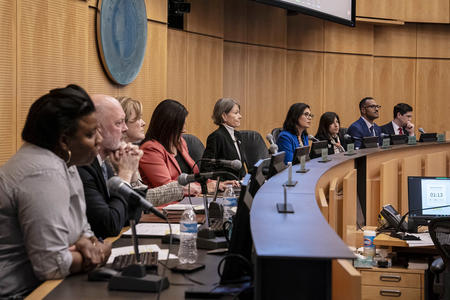The Ph.D. scientist from the University of Washington has a background in fungal and soil ecology.
“I always kind of look at it as there's an above half that we can see. And then there's this below ground hidden half that a lot of interactions and processes are going on in,” Mafune said.
Mafune’s recent work extended upward and explores the rich diversity of canopy soils, the soils located on the tops of old growth forests in the Olympic rainforest.
These thick mats grow on branches in the rainforest that develop a moss layer and accumulate debris. This debris decomposes, creating a rich layer of soil sometimes hundreds of feet off the ground.
These hidden reservoirs can act as a nutritional “snack” for trees and may give us answers to the resilience of some of our oldest forests.
“It's like, I have a handful of gold, except it's a handful of soil,” Mafune said.
As climate change increases the frequency of such stressors as drought, Mafune hopes that the canopy soils can help both trees and entire ecosystems weather the challenging decades and centuries ahead. After all, they’ve survived much longer than we have. They have a lot left to teach us — and not all of it is about science.
“When I walk into a forest, I don't only see the trees,” Mafune said. “I see ecosystems within ecosystems, little niches within other niches, um, a whole ecosystem and a handful of soil, a whole ecosystem turning around in circles, looking around me.”



